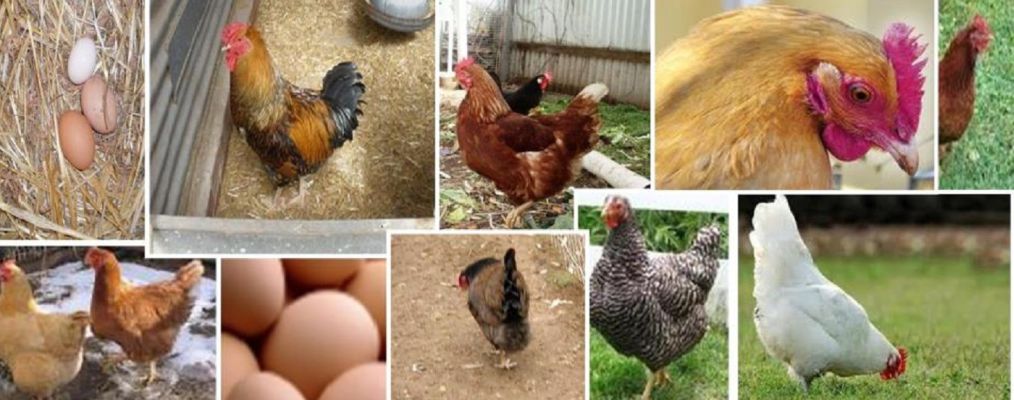Chickens have different nutritional needs at different stages of their lives. There are a few basic types of chicken feed. Mash which is grain based and ground into powder, pellets which are compressed mash made into pellets so that there is less waste, and crumbles which are pellets broken into pieces. There is also a whole grain feed called scratch which is a bit like a treat for the birds. If they have too much of this though they can get quite fat. Many people mix their own feed for their chickens but you do need to have a fair bit of knowledge to get this right. I would recommend that people just starting out with raising chickens should buy their chicken feed premixed.
If you have chicks go to Starter Feed for Chicks
Chickens – Growing Feed
Once they turn six weeks of age you can start them on pullet grower feed which has only 14 to 17 percent protein. You feed them this until they reach twenty weeks old. You can then start supplementing the grower feed with grain. This will reduce the overall cost of rearing your chickens. Pullets may begin to receive grain as soon as they start eating growing feed. Corn, wheat, barley, oats, millet, grain sorghum, or combinations of these may be used. Begin with 10 pounds of grain for each 100 pounds of growing food. Increase the grain until they are getting equal parts of growing food and grain.
Manna Pro Organic Grower Crumbles, 10 lb
It is at this point that you can also start introducing your pullets to vegetable scraps, garden weeds, grasses and any plant material. This also helps to reduce your costs and it is also a very important part of your hen’s diet. Vegetable peelings, stale bread, and leafy vegetables such as cabbage, cauliflower, turnips,broccoli etc. are excellent sources. Avoid strong smelling vegetables such as onions or garlic unless you want onion or garlic flavored eggs. Don’t feed them food that is rotten as they can get food poisoning which can kill them very quickly. It is best to feed your scraps to your chickens daily.

Chickens eating Scraps
Chicken Food for Layers
When pullets are 18 to 20 weeks old, gradually withdraw the growing feed and replace with laying feed over those last two weeks. Layers need a quality balanced ration to maintain their egg production. If you are new to raising chickens then it is advisable to use a mixed feed purchased at a poultry feed store. This feed will ensure that your chickens are getting the nutrition that they need to produce eggs. Laying hens need a mixture with a 15 percent protein level with the vitamins and minerals blended into the commercial feed to complete their diet. This food can be supplemented with grain as before. Just make sure you do not feed too much grain as this can make your layers fat if you are feeding them both types of food.
Manna Pro Organic Layer Pellets, 10 lb
There is growing evidence that supplementing your chicken’s food with grasses and other vegetable matter will produce eggs with a higher ratio of omega three’s than those hens fed just on commercial food. We all know that the taste of eggs from chickens allowed access to weeds and grasses, insects and vegetable matter, is far superior to commercially grown eggs. Now we are starting to see evidence that eggs produced from chickens (who are allowed to eat the food that they would in the wild) are more nutritious and actually benefit your health.

Healthy Eggs
If you can achieve it, give your chickens access to your yard for about 30 mins every day. If you let them out about half an hour before their roosting time at sunset you will not have to chase them back into their coop as they will go in by themselves. All you will have to do is shut the door. By limiting the time they have access to your garden, gives them less time to actually damage your plants. They are more likely to feed on grasses and insects in the time given to them. If you have plants that you don’t want damaged, put a bit of wire mesh around them to protect them.
Another way to ensure that your chickens get enough greens is to have a portable chicken coop that you can move around on your lawn. You have to move it quite a lot so you need to be prepared to do this but they will mow your lawn and keep the bugs out as they go. If none of this is practical, pulled up weeds and garden refuse plus scraps from your kitchen will still do the trick and give them that extra nutrition they need.
This post contains affiliate links, which means we receive a commission if you make a purchase using this link.




56 Comments
Leave a reply →